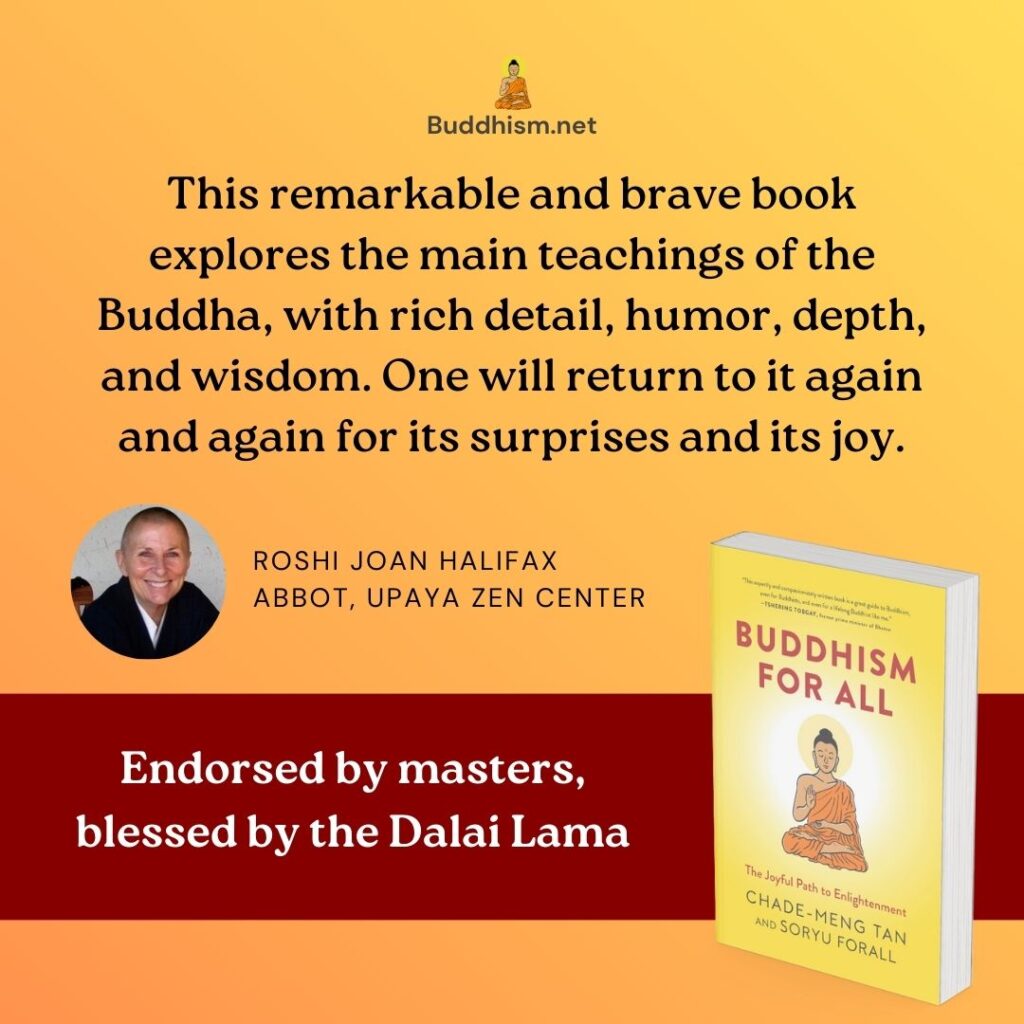
Compilation of discourses
With Ānanda and Upāli giving testimony, and the gathering of 500 arahants verifying the correctness of their testimonies, the early Buddhist canon was thus established. The compilation offered up by Ānanda was so large it was divided into five collections. They are:
- Dīgha Nikāya, the collection of long discourses
- Majjhima Nikāya, the collection of middle-length discourses
- Saṃyutta Nikāya, the collection of discourses organized by topics
- Aṅguttara Nikāya, the “increase by one” collection (see below)
- Khuddaka Nikāya, the minor collection
The Pali word Nikāya means “collection”[1]. Since the name of all five collections end with the word Nikāya, this entire compilation is commonly known in English as “the Nikāyas”. Each discourse is called a “sutta” (literally: thread). For that reason, the Nikāyas are also often known colloquially as “the suttas”.
The “increase by one” collection contains eleven books, each named after an increasing number. It starts with the “Book of Ones”, followed by the “Book of Twos”, and so on. The Book of Ones contains discourses where the Buddha says the equivalent of “there is one of…” For example, this discourse:
Monks, I do not see even one other thing that when developed leads to such great good as the mind. A developed mind leads to great good.
The Book of Fours includes, for example, a discourse on four kinds of verbal misconduct, the Book of Five includes discourses on the five powers of a trainee, and the Book of Sevens includes a discourse on the seven underlying tendencies, and so on. Unsurprisingly, the length of the discourses in this collection varies very wildly. The Book of Ones has many discourses that are only one or two sentences long (the example above is actually an entire discourse), while the Book of Elevens has very long discourses. So, if you are a Buddhist teacher and you commit your students to reading one sutta a day before they can play, know that there’s a loophole to be exploited somewhere.
The Khuddaka Nikāya (minor collection) is really the “miscellaneous bin” containing all the books that do not fit nicely into the four main Nikāyas. Included, for example, are two books containing the inspired utterances of monks and nuns after they reached nirvana, and a very popular book called the Dhammapada that contains 423 short verses spoken by the Buddha.
Compilation of monastic rules
The compilation of monastic rules put together with the leadership of Upāli is unimaginatively called the Vinaya. Today, there is some variation between the Vinayas of different schools of Buddhism, but if you take the conservative Theravada school as an example, the Theravadin Vinaya contains 227 rules for monks and 311 for nuns. The Vinayas from other schools contain a comparable number of rules. The rules range from the essential (for example, a monk shall not take life) to the trivial (for example, a monk shall not tickle another). The best thing about the Vinaya, for me, is the stories. It contains stories explaining how each rule came into being, including that jaw-dropping account of the flying monk we talked about earlier. It also contains the account of how the First Council was put together that the past few articles are based on.[3]
Compilation of higher teachings
A third compilation called the Abhidhamma (“higher teachings”) was formulated that takes scholastic deep dives into Buddhist topics. Tradition claims that this was composed by the Buddha himself in heaven, where he went regularly to teach his mother Mahāmāyā. When he came back to earth, he reported it to Sāriputta, who then systematized it. Historians claim that it was composed by anonymous monks some years after the First Council.
The Tipiṭaka
Together, the Nikāyas, the Vinaya, and the Abhidhamma form what is known as the Tipiṭaka, which literally means the “three baskets”. The Nikāyas are known as the Sutta Piṭaka (basket of discourses), and the other two are known as the Vinaya Piṭaka and Abhidhamma Piṭaka (the meaning of which is an exercise left to the reader).
The version of the Tipiṭaka that we have today was preserved by the Theravada school of Buddhism in a language known as Pali. Pali is an ancient Indian dialect related to Sanskrit, and the Buddha probably spoke a number of northeastern Indian dialects related to Pali. This version is known as the Pali Canon. It is the most complete early Buddhist canon in existence today.
Throughout this book, Soryu and I quote extensively from the Pali Canon, which is why we use a lot of Pali words, except in cases where the Sanskrit equivalents are already co-opted into English and listed in at least one major English dictionary, in which case, we use the English equivalents. For example, we use the Sanskrit/English “dharma” and “nirvana” instead of the Pali “dhamma” and “nibbāna”.
Activities
- Reflect on this post with Angela:
- The teaching of the Buddha is vast and deep. Personally, I love to listen to Dharma teachings (where Buddhist teachers expound on the teachings of the Buddha). I always feel uplifted, refreshed, light, joyful when listening to the teachings of the Buddha.
- What stood out to you from this article? Why?
References
[1] The Pali Text Society’s Pali-English dictionary. Chipstead, 1921-1925.
[2] Aṅguttara Nikāya 1.24.
[3] Theravada Vinaya Khandhaka 21.
Artwork by Colin Goh.


